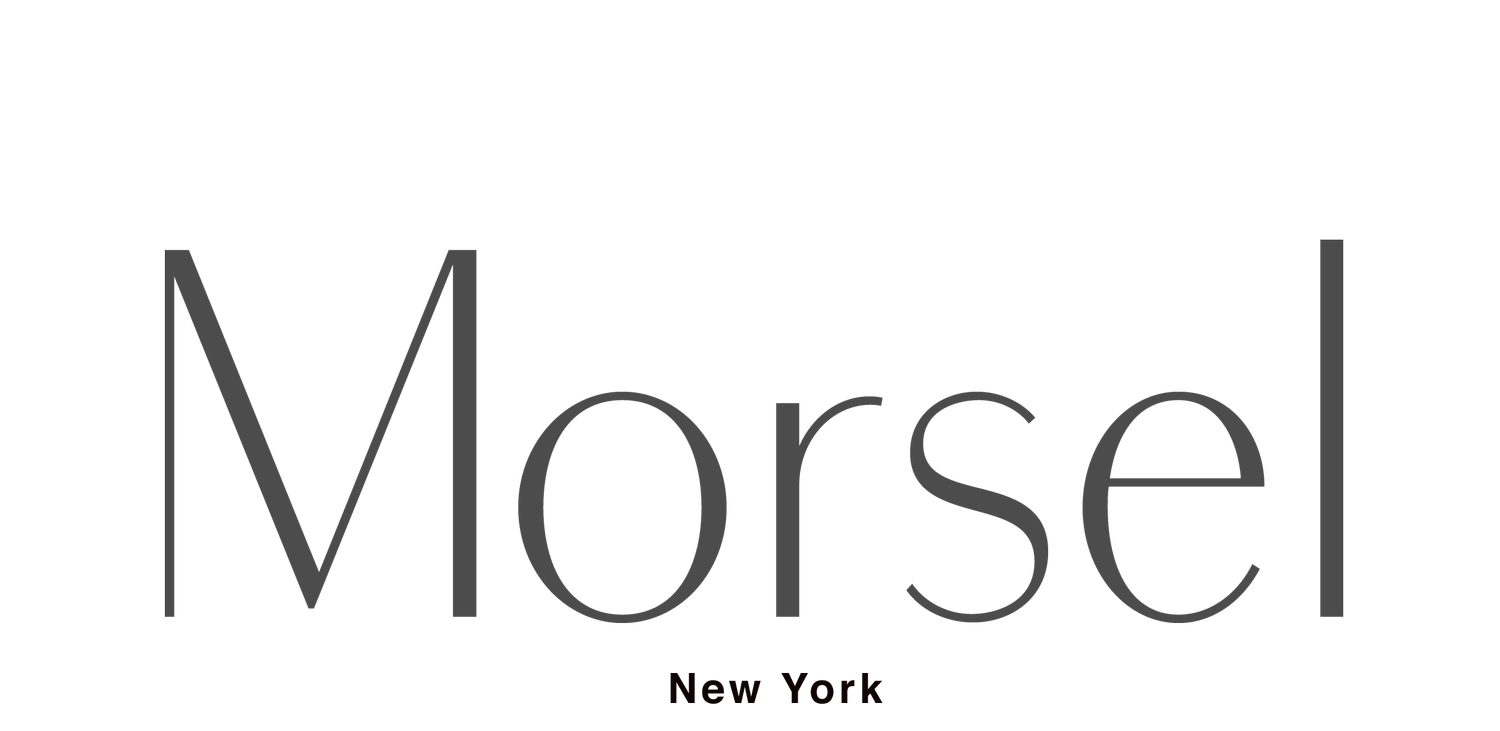Everyday Bubbles: A Meditation on the Magic of Champagne
By Hannah Howard
"Too much of anything is bad, but too much champagne is just right." – F. Scott Fitzgerald
Marilyn Monroe bathed in 350 bottles of champagne, according to her biographer. James Bond sipped champagne 35 times in 22 films. Jay-Z dreamt of “Livin’ life like a video / Where the sun is always out and you never get old / And the champagne’s always cold, and the music’s always good,” and me, I sing along, happily sipping my bubbles.
Champagne means celebration and revelry. The tradition of popping bottles to mark festive occasions started in the royal courts of Europe before 1789, where the pricy drink was viewed as a status symbol (not much has changed). After the French Revolution, Europeans needed new secular traditions and rituals. What better ceremony than a fizzy, pricy, delicious alcoholic libation? Champagne is so pretty, its bubbles so cheerful. A 750ml bottle of champagne contains 49 million bubbles. Champagne became a universal symbol of joy and sanctity.
Champagne means fresh starts: new years, new marriages, new babies, new possibilities. Before a ship sails on its maiden voyage, it gets bottles of bubbly pummeled at it. At Russian weddings, the guests toast the newlyweds with champagne—then smash their glasses on the floor. Athletes spray their teammates with bubbles after winning championships. That satisfying pop is the sound of something festive—even before anything is poured into flutes.
But there’s no reason champagne should be relegated to occasions deemed special and times presumed good. I welcome its powers any old day. It’s true that the fizz makes you feel tipsier faster than other booze. In The Healing Power of Champagne, Tran Ky, MD, makes the case that naturally occurring trace elements in champagne could physiologically boost your mood. Bubbly is a surprisingly effective balm for a broken heart. It’s good for the soul. It’s good always.
You don’t need to shell out for a bottle of Krug to experience this effervescent transcendence, either. Small producers are making all sorts of cool, affordable, nontraditional bottles that are incredibly delicious. And although champagne must technically be produced in the eponymous French region in accordance with the méthode champenoise, a traditional process requiring a second round of fermentation that takes place in the sealed bottle, there is a whole wide world of non-champ sparkling wine that is no joke.
When I went to Casellula last week—the super charming Hell’s Kitchen cheese and wine bar where I used to work—my lovely friend poured me a glass of Hillinger Rosé Secco, a pink Pinot Noir bubbly from Burgenland, Austria. It tasted of strawberries and summer’s last hurrah. Which is to say, it tasted perfect.
When you don’t know what else to drink with a meal—champagne! The bubbles have a fine way of cutting through richness. Champagne with oysters, triple crème cheeses and chocolates are classic, but I’m happy to pair a bottle with nearly bloody steak, or a crispy-skinned roast chicken. Champagne’s bright acidity and refreshing bubbles act as a sort of palate cleanser for all that meaty glory. Sparkling wine is stupid easy to pair with food.
When overjoyed: champagne. When devastated: champagne. When in doubt: champagne.
“Lord, please let them accept the things they can’t change / And pray that all of their pain be champagne.” – Kanye West
Photos: Chia Messina & Jose Espaillat


